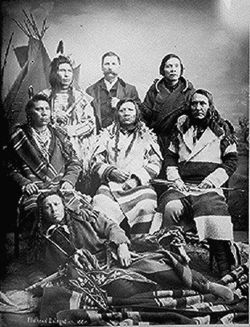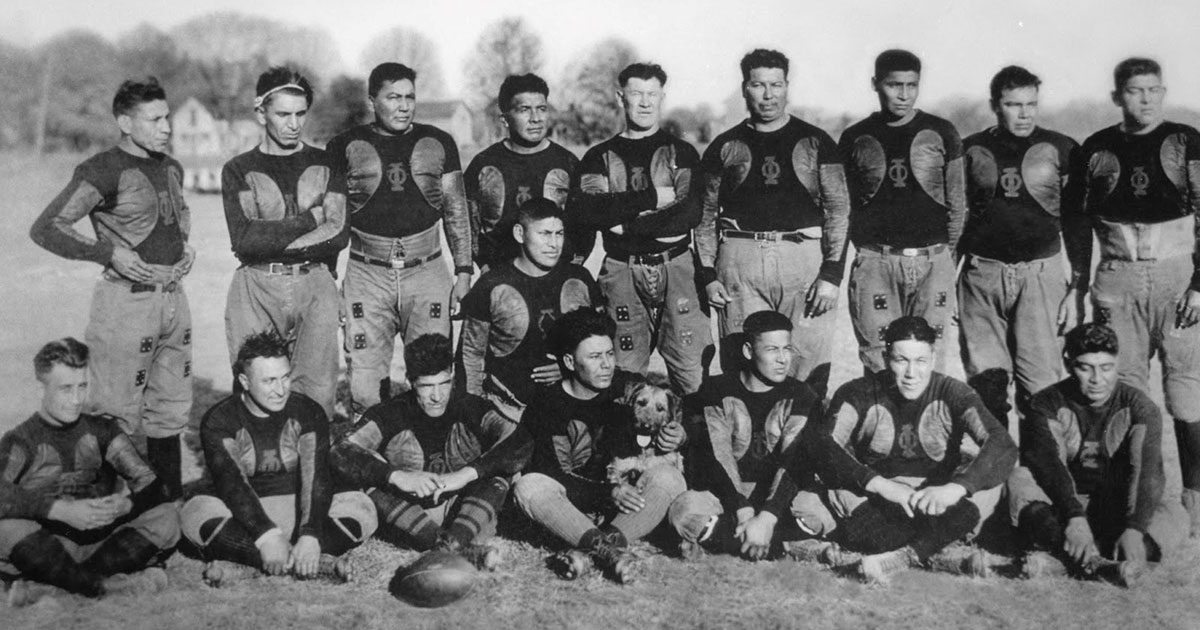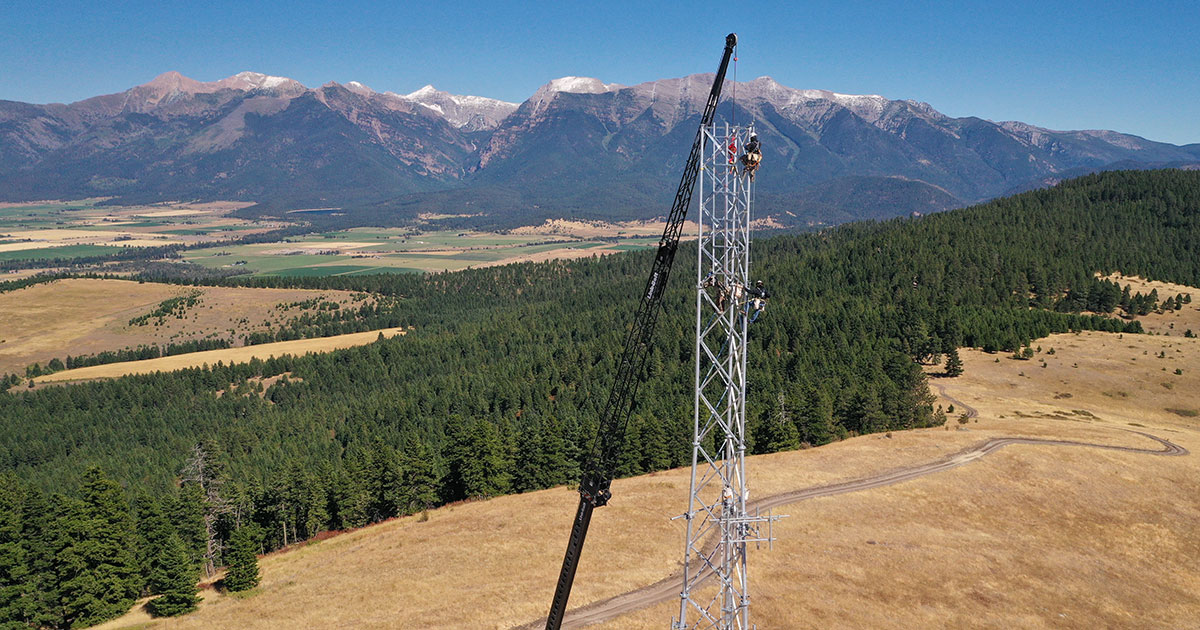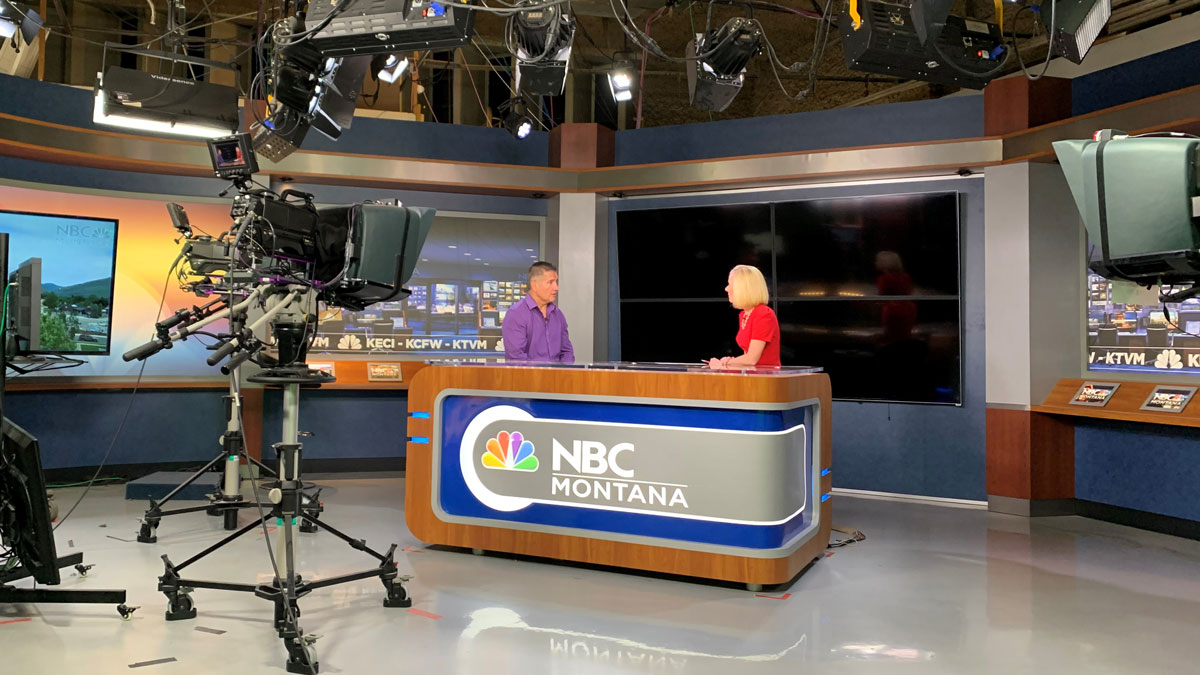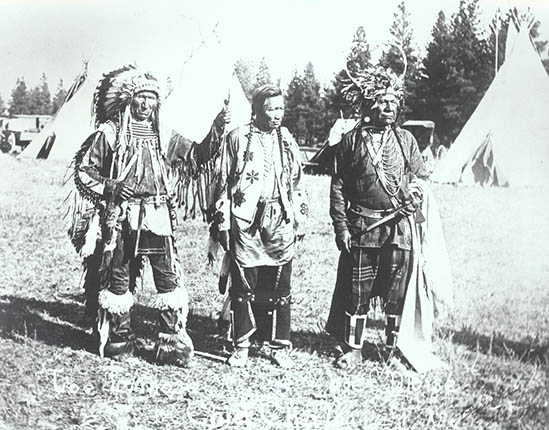
Our story; an introduction to the Confederated Salish and Kootenai Tribes
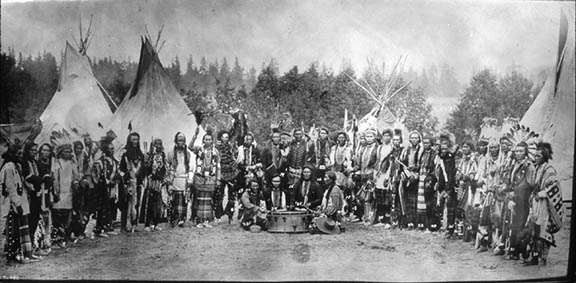 The Flathead Reservation is comprised of three tribes; the Bitterroot Salish, Upper Pend d’Oreille, and Kootenai tribes. The Bitterroot Salish and Upper Pend d’Oreille (pronounced Pawn do-RAY) became the “Confederated Salish” and together the three entities were soon called The Confederated Salish and Kootenai Tribes. The S and K in our company name, S&K Technologies, Inc., refers to the two groups of Salish (S) and Kootenai (K).
The Flathead Reservation is comprised of three tribes; the Bitterroot Salish, Upper Pend d’Oreille, and Kootenai tribes. The Bitterroot Salish and Upper Pend d’Oreille (pronounced Pawn do-RAY) became the “Confederated Salish” and together the three entities were soon called The Confederated Salish and Kootenai Tribes. The S and K in our company name, S&K Technologies, Inc., refers to the two groups of Salish (S) and Kootenai (K).
According to Salish and Pend d’Oreille culture, Coyote and other animal-people taught the Salish about spirituality, subsistence, and social organization. These teachings were centered on a relationship with the land and all living creatures. There was no concept of land ownership; it was the land, water, and sun that owned the people.
Salish oral tradition speaks about the “long bitter cold,” which is a reference to the last ice age. Archaeologists have documented sites within our aboriginal territory that correlate these stories, reflecting a continuous tribal occupancy reaching back to about the time of the end of the last ice age.
The Salish lived off the land and migrated seasonally around western Montana to where food was found. The Salish had an ancient network of trails, paths, and areas where they would gather these resources. In the spring, the Salish would gather roots, vegetables, and medicines for the entire year. In the summer, as berries and other fruits began to ripen, they would gather them as well. During the fall the Salish would hunt for meat that would eventually be dried for the winter months.
The three tribes (Salish, Kootenai, and Pend d’Oreille) lived a life of sustenance and relative peace. First contact with Europeans came when Lewis and Clark encountered the Salish in the Bitterroot Valley of Montana, who helped them cross the Bitterroot Mountains in their journey West. The Salish were shocked to see people with white skin, balding heads, and beards, since many Native people do not grow beards or lose their hair. The Salish called these people Suyape, which means “people with an upside-down face.”
A Salish prophet by the name of Shining Shirt had a vision of men in long black robes coming to the Salish people to offer different medicines and prayers. The Iroquois tribe of the Great Lakes travelled to the Salish and told them that Jesuits, often in long dark robes, would come to them. The Salish saw this as a sign and invited the Jesuits to Western Montana. Unbeknownst to the Salish, the Jesuits were on a mission to assimilate them through religious conversion. Many Salish were forced to abandon their culture and language after contact with the Jesuits.
The U.S. government realized the agricultural potential in Western Montana and tried to negotiate a treaty with the Salish, Pend d’Oreille, and Kootenai people. Under the agreement, the tribes would have to relinquish 22 million acres of land for a modest 1.3 million acre reservation. The chiefs of the Salish, Kootenai, and Pend d’Oreille did not agree to the terms and refused to sign the treaty. The chief’s names were then forged on the document by General James Garfield (future U.S. President) and the Salish, Kootenai, and Pend d’Oreille were forced onto the Flathead Reservation. Under the leadership of Chief Charlo, the Salish resisted and stayed in the Bitterroot Valley for about thirty years before the U.S. military forced them to the Jocko Valley (present day Arlee, MT).
The wording of the treaty was such that the tribes “conditionally” lived on the reservation, but would retain their rights to hunt, gather, and fish on their aboriginal land. Land ownership was a foreign concept to the tribes, and since the treaty wording did not give the tribes total ownership of the reservation, the reservation was opened for settlement to non-tribal members under the Allotment Act (Dawes Act of 1887). After relinquishing most of the land to the U.S. Government that was granted to them through treaty, it was further subdivided and auctioned off to non-Indian people. Today, a majority of the land and people on the Flathead Reservation are non-Indians.
Realizing the changing times, the Confederated Salish and Kootenai Tribes became the first tribe in the U.S. to adopt a Republic Tribal Council as part of the Indian Reorganization Act of 1934. Since then, the Tribes have been one of the most progressive tribes in the U.S. It’s many enterprises, including S&K Technologies, are the largest employers in Lake County, MT. The Tribes contribute about $65 million annually to the local economy and around $317 million to Montana’s annual economy. In 2015, they will be the only tribe in the U.S. to own and operate a hydroelectric facility.
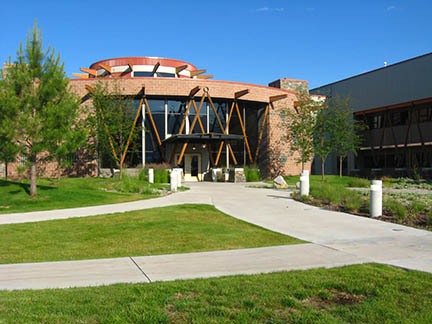
Confederated Salish and Kootenai Tribal Council building in Pablo, Montana on the Flathead Reservation.


